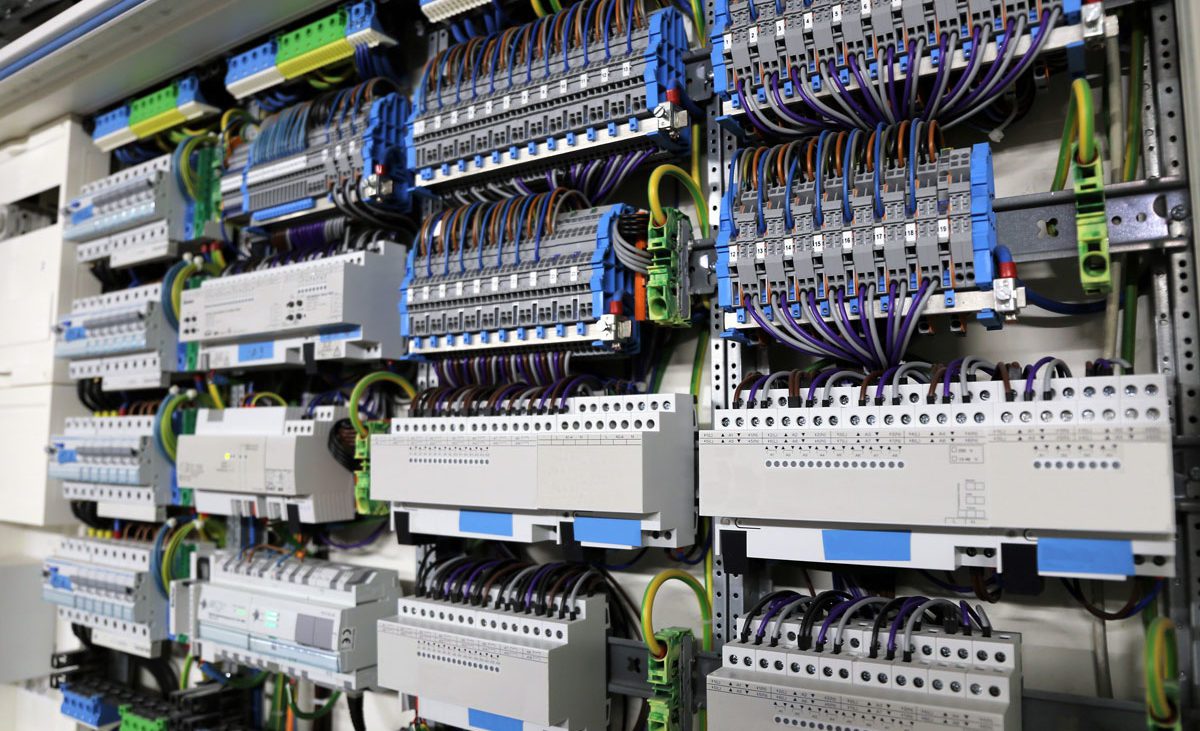Ingenious Electrical Design Solutions for Modern Framework
As metropolitan environments expand progressively complex, integrating innovations such as clever grids and renewable power resources becomes vital. These improvements not only promise to maximize energy intake but additionally foster durability versus future needs.
Significance of Innovative Electrical Design
Innovative electrical design plays a crucial role in contemporary framework, affecting not only effectiveness yet likewise sustainability. As cities develop and the need for power increases, the requirement for advanced electrical systems ends up being paramount. These systems must not only fulfill existing demands yet likewise expect future development and technical innovations.
A well-executed electric design can considerably minimize power intake, therefore reducing operational prices and lessening ecological influence. By including renewable resource resources, such as solar panels and wind generators, cutting-edge layouts can boost power freedom and durability. Clever grid technologies allow for real-time monitoring and administration of energy circulation, optimizing performance and decreasing waste.
Safety is one more essential element of electric design. Carrying out extensive requirements and innovative modern technologies can mitigate risks connected with electrical failures, making sure a secure atmosphere for services and residents alike. Additionally, innovative styles help with flexibility, allowing facilities to incorporate arising innovations effortlessly.
Key Patterns in Electric Design
As the landscape of electrical design continues to develop, several essential fads are shaping the future of the sector. One substantial pattern is the combination of wise technology right into electric systems. The proliferation of the Internet of Points (IoT) has allowed real-time monitoring and control of electrical gadgets, boosting effectiveness and helping with anticipating maintenance.
An additional trend is the growing focus on modular design. This technique permits flexible and scalable services, allowing infrastructure to adapt to altering demands without comprehensive remodellings. Additionally, using innovative simulation tools and Building Info Modeling (BIM) is becoming significantly common, improving the design process and enhancing collaboration among stakeholders.
Moreover, developments in products scientific research are leading to the advancement of lighter, extra sturdy, and energy-efficient parts. This advancement is particularly crucial for high-performance structures and framework projects.
Lastly, there is a marked change in the direction of data-driven decision-making - residential electrical design. Leveraging information analytics assists developers enhance systems for performance and cost-effectiveness. With each other, these trends represent a transformative era in electrical design, enhancing capability, sustainability, and durability in modern-day framework
Sustainable Energy Solutions
Lasting energy remedies are progressively coming to be a critical focus in electrical design, mirroring a wider commitment to ecological duty and source effectiveness. These services aim to reduce environmental influence while enhancing energy consumption in different frameworks, from domestic buildings to large industrial facilities.
One of the leading strategies entails the integration of sustainable power sources, such as photovoltaic panels and wind turbines, right into electrical systems. This not just decreases dependence on fossil gas but also enhances energy durability. Furthermore, cutting-edge energy storage systems, such as innovative batteries, enable reliable administration and distribution of energy, making sure that surplus energy created during optimal production can be made use of during high demand periods.
Additionally, energy-efficient design techniques are being embraced to enhance overall system efficiency. This includes making use of energy-efficient lights, a/c systems, and smart building technologies that check and check out this site adjust power usage based upon occupancy and ecological problems.
Smart Grid Technologies
The implementation of lasting power remedies naturally causes the expedition of smart grid technologies, which play a critical duty in updating electrical systems. Smart grids leverage progressed communication technologies and data analytics to enhance the integrity, efficiency, and sustainability of power circulation. By incorporating electronic innovation with standard grid facilities, these systems help with real-time surveillance, automated control, and enhanced decision-making capabilities.
One of the vital attributes of smart grids is their capability to suit renewable resource sources, such as solar and wind power. This versatility not only decreases dependency on fossil gas yet also permits a much more decentralized power manufacturing version. Smart grids enable demand response programs, where consumers can adjust their energy usage based on real-time prices, therefore promoting energy preservation and reducing peak lots needs.
Additionally, clever grid modern technologies improve grid strength by enabling quicker identification and resolution of interruptions, ultimately reducing downtime. With anticipating upkeep and analytics, energies can improve and optimize procedures service delivery. As communities and cities remain to develop, wise grid innovations are necessary for constructing a sustainable and effective electrical facilities that fulfills the demands of modern-day culture.

Future-Proofing Facilities
To make certain long-term viability and adaptability, future-proofing infrastructure is essential in the swiftly developing landscape of electric design solutions. As modern technology advancements and power demands change, it is essential that electric systems are created with adaptability in mind. This entails including scalable remedies that can fit future upgrades without necessitating substantial overhauls.

In addition, sustainability should be a keystone of future-proofed designs. Utilizing renewable resource sources, such as solar and wind, and optimizing energy efficiency lower dependency on nonrenewable fuel sources, aligning with worldwide efforts to deal with environment modification.
Conclusion
By prioritizing performance, adaptability, and sustainability, these services address the advancing needs of energy systems. The assimilation of wise grid modern technologies and sustainable energy solutions boosts resilience and lowers functional costs.
A well-executed electrical design can substantially decrease energy intake, therefore decreasing operational costs and minimizing ecological impact. By integrating renewable energy sources, such as solar panels and wind generators, ingenious designs can enhance energy independence and strength. Additionally, ingenious power storage space systems, such as sophisticated batteries, make it possible for effective administration and distribution of energy, making certain that surplus energy produced throughout optimal manufacturing can be made use of during high need periods.
Smart grids make it possible for demand action programs, where customers can readjust find more their power use based on real-time pricing, thus promoting power conservation and reducing peak load demands. (electrical load calculation)
As modern technology developments and power needs change, it is crucial that electric systems are developed with flexibility in mind.